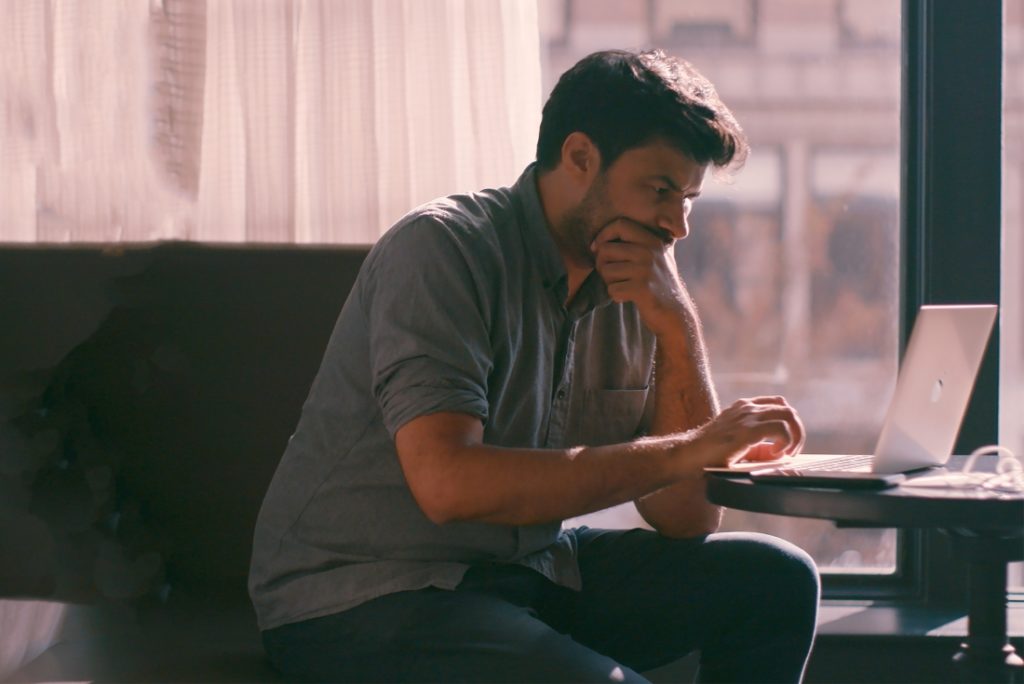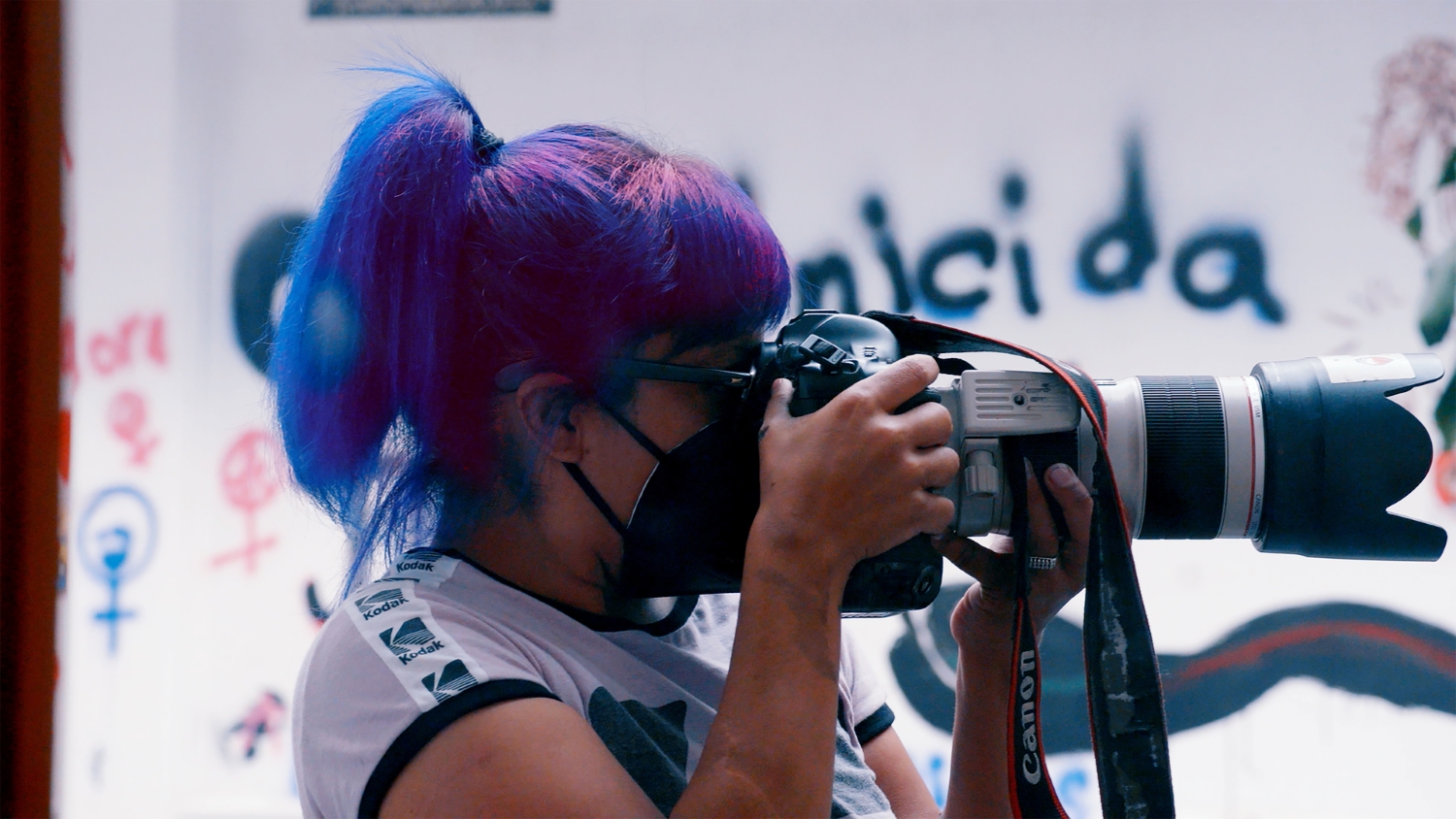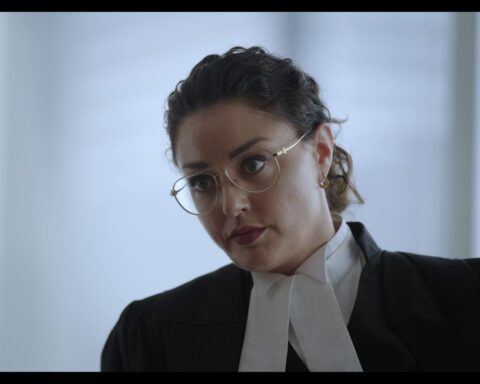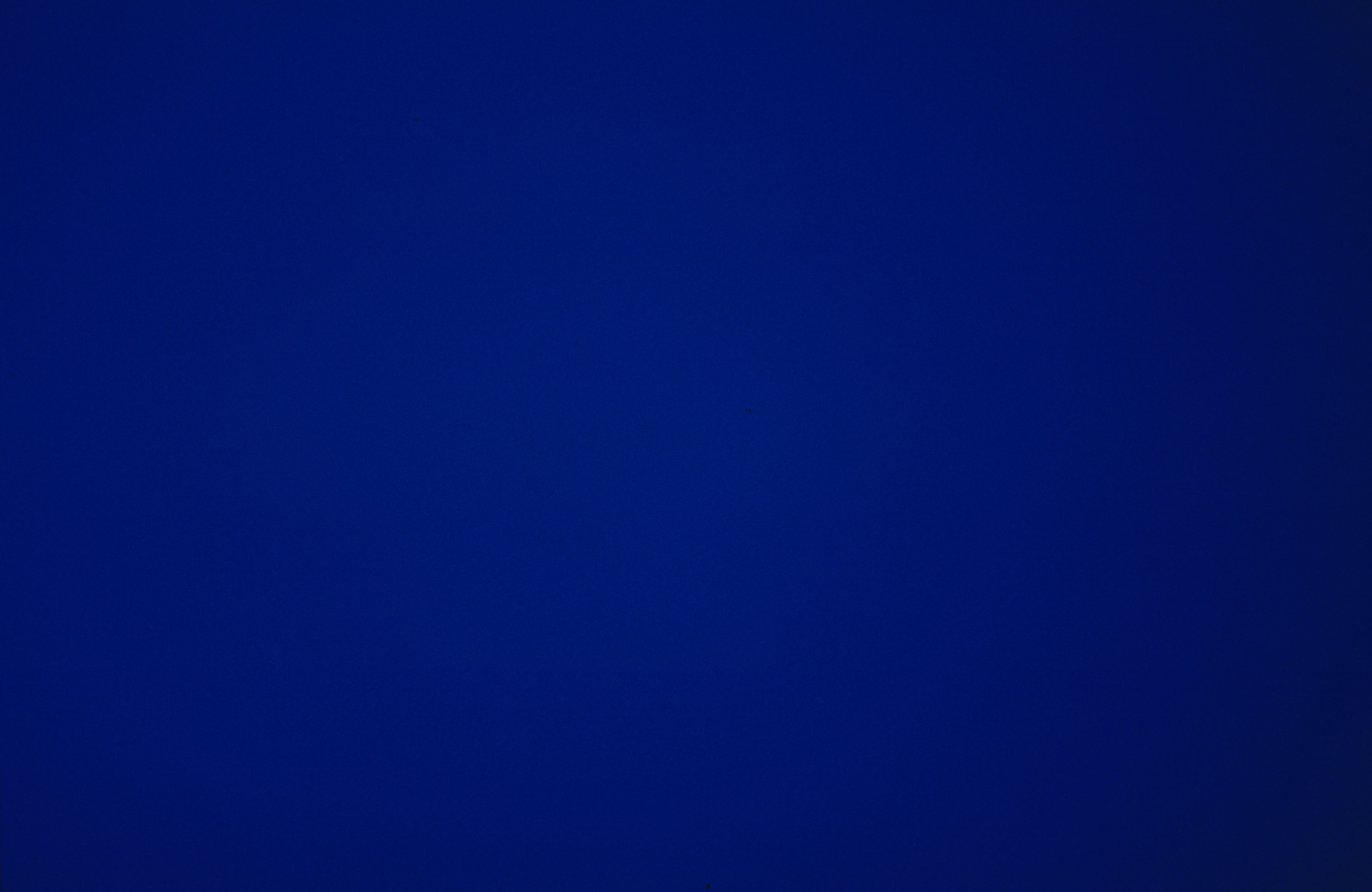Endangered
(USA, 90 min.)
Dir. Rachel Grady, Heidi Ewing
The Guardian journalist Oliver Laughland makes a chilling observation at the end of Endangered. The writer, visibly shaken after witnessing the January 6 insurrection at the Washington Capitol, wonders what the violent uprising signals. He tells directors Rachel Grady and Heidi Ewing that it’s either the end of an era or the beginning of a new chapter. After the four-year crazy train of news cycles precipitated by Dolan Trump’s presidency, one suspects it’s the latter. Endangered goes behind the bylines to learn the stories that shape front-page news when journalistic integrity is increasingly under attack. It’s a compelling marriage between journalism and documentary that explores the bigger picture.
Grady and Ewing, the duo behind docs like Detropia, Jesus Camp, and One of Us, go to the frontlines of four stories that unfold amid the COVID-19 pandemic. In São Paulo, Brazil, reporter Patrícia Campos Mello navigates misogyny, slander, and threats. The film opens as the writer for Folha de São Paulo observes a rally for President Jair Bolsonaro. The event’s emcee, meanwhile, stokes violent rhetoric that echoes in footage throughout the doc. “We must destroy the mainstream media!” he cries. “These people need to be exterminated!” The maskless masses, moreover, cheer him on. They’re emboldened by the direct threat of violence and, ironically, the immediate risk posed to their own democratic rights.
Campos Mello quickly becomes a target of Bolsonaro. He cites the source of her information as prostitution, which immediately emboldens an army of online trolls. The journalist receives a wave of misogynistic comments, violent memes, and threatening messages that undulate with the president’s fury. Politicians have never warmed to the press’s tenacity, but Endangered observes how the tone of the attack has shifted.
Reporting from the Front Lines
Similarly, in Mexico, photographer Sáshenka Gutiérrez wades into the thick of protests. Her lens is a mirror to democracy in action. Gutiérrez notes that journalism is a dangerous job in Mexico with over 100 members of the press killed since 2000. This figure includes a good friend of hers who was murdered after he published damning photographs. However shaken, Gutiérrez honours her friend’s spirit by fighting for journalistic integrity. She photographs protests for women’s rights, including the occupation of Mexico’s human rights museum where activists use graffiti and guerrilla iconography to summon their nation to make good on its pledge for gender equality. Like Campos Mello, Gutiérrez encounters violence on the front lines. Her lens is merely singed and her body bruised by a rubber bullet, but her colleagues are arrested by a state in violent opposition to the free press.
Meanwhile, photojournalist Carl Juste of the Miami Herald joins Laughland in the epicentre of the war on media: the USA. Juste captures photos from the thick of the protests that erupted following the murder of George Floyd. His frames document a rising police state as the time stamps of his images dispute the officers’ accounts of events. Uploading images to his editor in real-time from the protests, Endangered observes how journalists are the pulse of unfolding history.
The threats that Juste encounters, moreover, are insidious markers of the polarization of American politics. Juste, who is Black, photographs Americans who violently assert “all lives matter” in opposition to the Black Lives Matter protests. Insidious comments about “you people” display a climate that’s particularly hostile to journalists of colour. Grady and Ewing offer split-screen accounts of the photographer in action alongside his from the field. The photos are doubly compelling amid the context in which they’re courageously captured.

COVID-19 and Misinformation
Endangered observes as the fight for freedom of the press rises with the waves of the COVID-19 pandemic. Politicians like Trump and Bolsanaro fight to maintain a narrative they can no longer control. The film finds extraordinary footage as the journalists fight to counter the global pandemic of misinformation. Campos Mello, for example, interviews doctors who can’t provide figures for cases and deaths, but assure her all’s well. Outside the meeting, though, a source ballparks the hospital’s mortality rate at 90%. In Mexico, Gutiérrez photographs citizens lying in cars because the hospitals are too full to admit them and families who grieve over unexpected losses. The President, meanwhile, says all’s well and to go on hugging each other.
In the USA, however, Endangered finds the meat of the story as Laughland and Juste interview and photograph Trump supporters who parrot alternative facts. No matter the country and no matter the context, though, interviewees charge that journalists are to blame—for masking, for the erosion of local papers, and for printing truths they don’t want to hear.
Writing the Next Chapter
As the storylines volley universal hostilities between the international characters, Grady and Ewing insert discussions from the Committee to Protect Journalists as a sort of Mission Control for an escalating crisis. These stories might just be four journalists among many, but as the propulsive vigour of the narratives converge with the insurgency at the Washington Capitol, Endangered illustrates how these simmering tensions erupt in a united storm.
These scenes are sights that audiences have seen too frequently while doomscrolling the Twitter feed amid the mental health disaster of the past few years. However, these on-the-ground glimpses are urgently compelling even if they’re familiar. Caught from the front lines, these reporters show the distinct alternate realities that exist in contemporary times. However, the images are also objective, empirical call-outs to the misinformation spread by leaders. Good reporters keep their receipts, and Endangered lays them all on the table.
Endangered obviously preaches to the faithful, but the filmmakers can’t hide that’s the fight we’re in. Laughland suggests that a chapter is either ending or beginning with the January 6 riot. But he also says that the spread of misinformation evokes a parallel universe where people believe what they want, regardless of the facts, a point on which the other journalists agree. Endangered therefore presents the facts to the believers and asks which chapter of our own fight should begin.
Endangered debuts on Crave and HBO on June 28 at 9:00pm.












